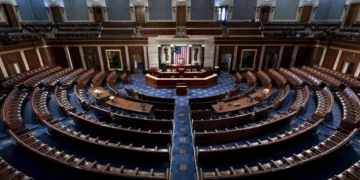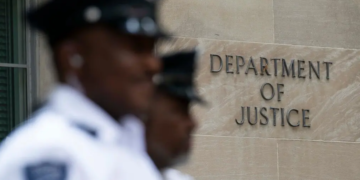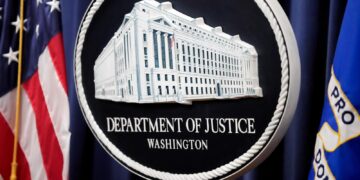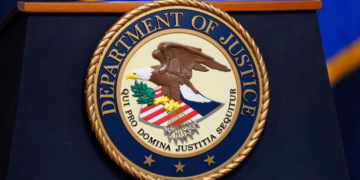Jan 23, 2025 Story by: Editor
The last two living survivors of the 1921 Tulsa Race Massacre have commended the Department of Justice (DOJ) for its investigation into the horrific events but expressed disappointment over the lack of charges against entities allegedly responsible for the tragedy.
In a 126-page report released after a four-month inquiry, the DOJ detailed the brutal attack that occurred from May 31 to June 1, 1921. Over 300 Black residents were killed, businesses destroyed, and homes looted by a white mob of more than 10,000 people in what was described as a “coordinated, military-style attack.” The report also revealed that survivors were left without aid or compensation for their losses.
“While it hasn’t been easy for us to relive the pain, we are relieved to see one of the biggest cover-ups in American history come crashing down,” said survivors Lessie Benningfield Randle and Viola Fletcher, both aged 110, in a joint statement. “Justice is not saying to survivors that the entities that ran us out of town, hindered our rebuilding efforts, and erased us from history are absolved of their crimes. Justice is holding guilty parties to account so that the community can heal.”
The DOJ’s Findings
The report criticized a 1921 investigation by the Justice Department’s Bureau of Investigation, which excluded key details about the violence and victims while wrongly blaming Black men for the massacre.
“Contrary to the agent’s 1921 report, the situation did not ‘spontaneously’ grow out of control,” the DOJ report clarified. “Rather, what had initially been sporadic and opportunistic violence became systematic, yielding a much more devastating result due to coordinated efforts among white residents and law enforcement entities.”
The massacre, which destroyed 35 blocks of Greenwood—a neighborhood famously known as “Black Wall Street”—was ignited by a false accusation that a 19-year-old Black man, Dick Rowland, had assaulted a white elevator operator. Sensationalized reporting in local newspapers fueled tensions, leading to a lynch mob gathering at the courthouse.
Law Enforcement’s Role in the Violence
The report revealed that Tulsa police deputized hundreds of white residents, many intoxicated and advocating for a lynching. These deputies, alongside law enforcement officers, organized and participated in the destruction of Greenwood.
“Law enforcement officers helped organize these special deputies—as well as other white Tulsans—into the martial forces that ravaged Greenwood. Over the next several hours, they looted, burned, and destroyed 35 city blocks while Greenwood’s residents tried desperately to defend their homes,” the report noted.
Many Black residents were assaulted, killed, or detained in makeshift camps under armed guard, while their properties were systematically destroyed.
Survivors Criticize DOJ’s Limited Actions
Randle and Fletcher voiced their frustration, saying, “After meeting with us during the probe, DOJ investigators released a report that falls heartbreakingly short. The DOJ confirms the government’s role in the slaughter of our Greenwood neighbors but refuses to hold the institutions accountable under federal law.”
Barriers to Recovery
Although city officials initially promised to help rebuild Greenwood, they obstructed recovery efforts. The report revealed that insurance companies denied claims under “riot clauses,” local leaders rejected outside aid, and new fire codes priced residents out of rebuilding.
“White local leaders rejected outside aid, claiming they could handle the recovery, but then provided little to no financial support,” the report stated. Legal efforts to hold the city accountable also failed, leaving survivors with no avenues for redress.
Legal Limitations
The DOJ acknowledged its inability to prosecute the perpetrators due to the statute of limitations and the death of almost all individuals involved.
“The report recognizes that some may find the department’s inability to prosecute a painful or dissatisfying outcome,” the DOJ stated. “However, the review recognizes and documents the horrible events that occurred as well as the trauma and loss suffered by the residents of Greenwood.”
Despite the report’s limitations, it has shed light on the systemic injustices faced by the victims of the Tulsa Race Massacre, sparking renewed calls for accountability and reparative justice. Source: ABC News

















